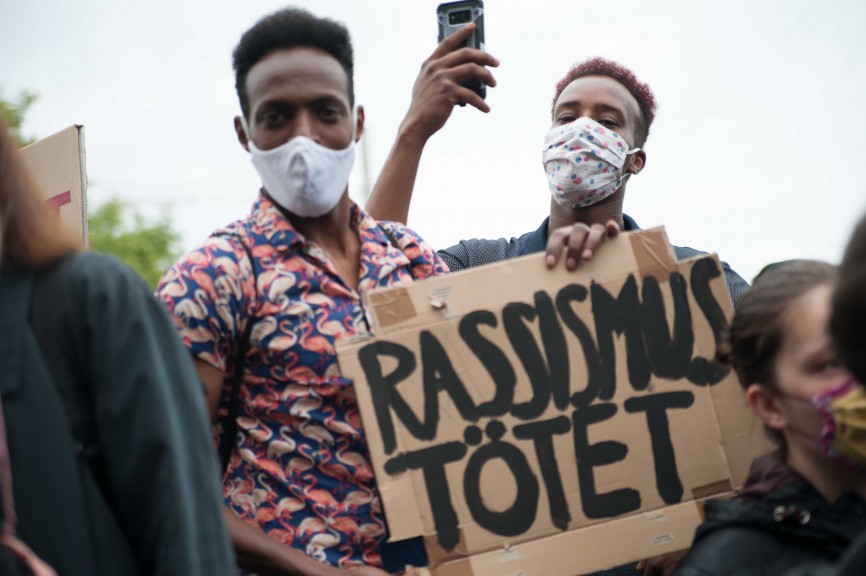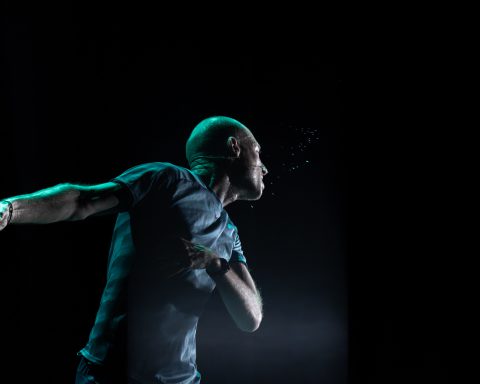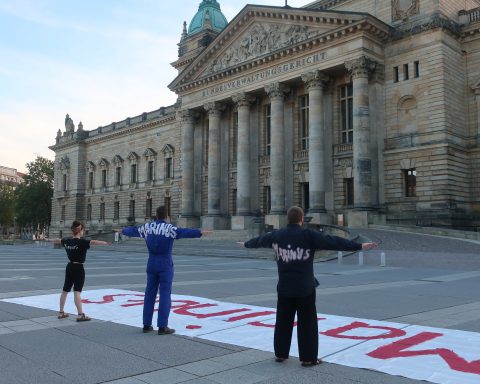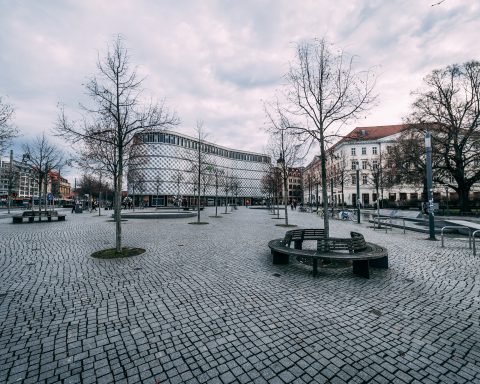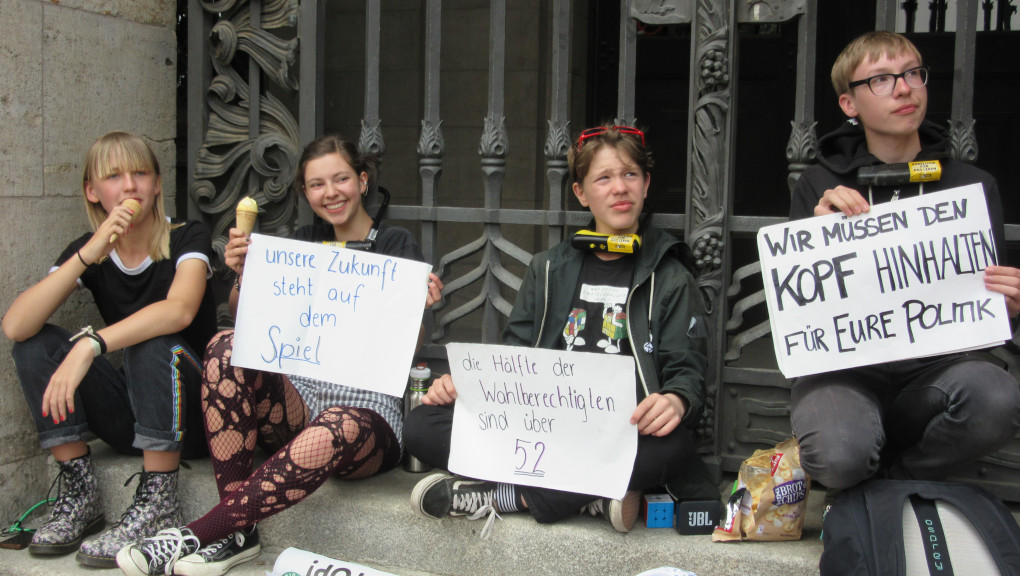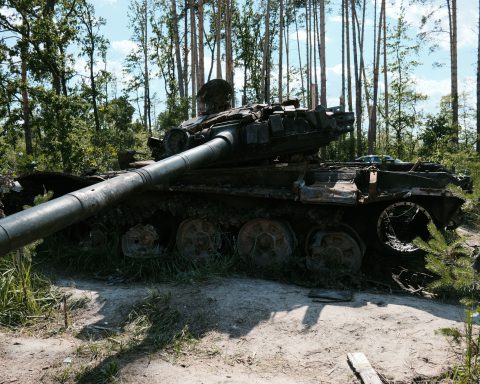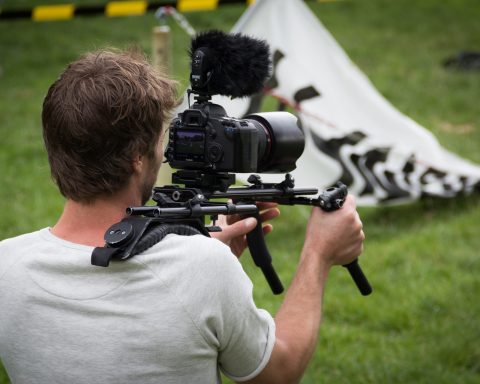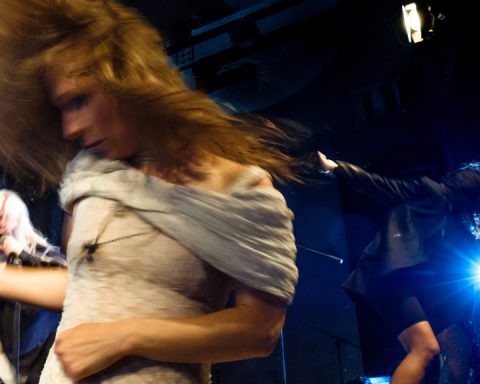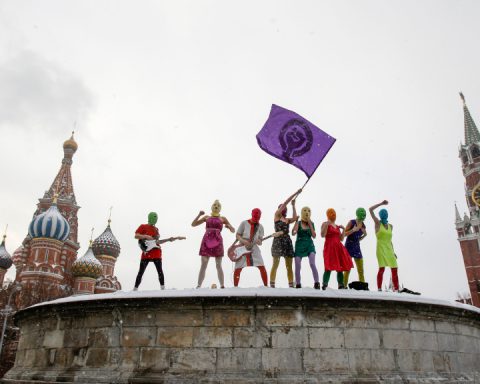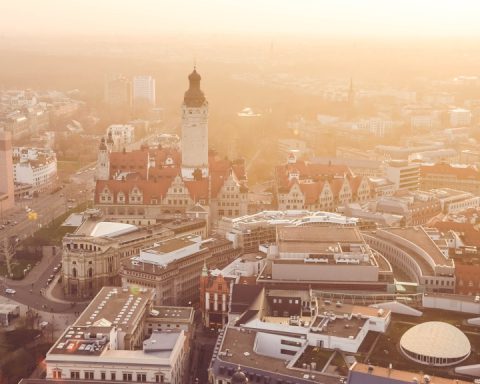Originally published on 1 August 2016; updated in June 2020
Editor’s note: For the past few weeks, headlines and streets have been dominated by the Black Lives Matter movement, which has gone global since George Floyd’s murder last month when a police officer pressed his knee against the unarmed black man’s neck in Minneapolis, even as he pleaded that he couldn’t breathe. In Leipzig, the related protests against violence and racism on 7 June 2020 brought together more than 15,000 people (see coverage on our Facebook page).
The Black Lives Matter movement was officially founded in 2013 and exploded now, as health, economic and political crises expose the extent of social inequality and discrimination more widely. Structural racism is being publicly acknowledged at the gubernatorial, municipal, law-enforcement, and federal levels in the US (though not presidential), and legal action and legislation reforms are being pursued. However, racial tensions in the US did not resurface but CONTINUED since the Civil Rights Movement, as Daniel Leon explained in this article already four years ago.
A wave of media-covered events in the United States where unarmed black men were killed by police officers in 2016 showed that the country has serious problems regarding racism in institutional and social relations. This was on top of a presidential campaign charged with nationalist and racial rhetoric by the Republican candidate.
But simply blaming racism, as in the belief that one race is superior to the other, is a shallow analytical concept.
This is because the recent racial tensions are actually not new.
In March 1991, Rodney King, a black man in Los Angeles, was beaten by a group of police officers after being subdued. The incident sparked massive protests by black communities against the police in that city. Understanding the problem of racial tensions requires drawing from the past and analyzing it structurally.
Structural racism means biases against a certain race or races on a systemic level. Hence, we are not talking about a few racist cops, but the various situational conditions that lead the entire criminal justice system to show a bias against black communities.
This bias is evident in the statistics for police shootings; blacks are over-represented in such statistics and very few cases are investigated.
Take the case of youth in black communities and the criminal justice system.
Alice Goffman wrote an insightful study of black neighborhoods and interactions with the criminal justice system. It is a good starting point to understanding structural racism. Goffman delivered an impassioned TED Talk entitled, “How we are priming some kids for college – and others for prison,” where she summarized the main points and conclusions of her study. Please make time to watch. It’s 15 minutes well spent. There are some surprises in there.
She applies ethnographic methodology to the study of race and police relations. This means long-term immersion in the community to capture the small and big details of such dynamics from the perspective of the subjects: youth in black communities.
The main conclusion is that this group is over-represented in criminal statistics due to being disproportionately targeted by police officers, who are predisposed to viewing them as violent criminals. Harsh policing increases criminality instead of decreasing it.
The causes of structural racism are too complex to review in one article.
However, one can add a little bit of theory from criminology to approximate a structural understanding of the race-police dynamics described by Goffman.
First, police offers equate poverty with crime.
Hence, they make the causal link between black communities, which have historically tended to suffer from poverty, and criminality. Generalizations on social status and criminality are made on the basis of skin color.
That is actually done by both police and other sectors of civil society, which speaks to the structural reach of racism. It leads to disproportionate rates of arrest within and targeting of these communities, whose members are left without a social safety net and economic opportunities.
Second, there is no direct link between poverty and crime.
There are many communities and countries around the world that are very poor, and show low crime rates. However, there is a type of poverty that tends to become criminogenic: the one found in Post-Fordist economies. The term pertains to de-industrialized or post-industrialized economies that have moved primarily to service sectors. Wages tend to be high compared to other places in the world, but so are skill requirements (and low-paying jobs abound if the cost of living is taken into consideration).
Communities whose members, for diverse historical reasons such as segregation, are often unable to acquire the necessary high skills to get a job with decent wages in the service sector, end up in a cycle of reproduction of poverty. They are victims of creative destruction.
Black communities have been victimized by police discrimination due to the reproduction of their low socioeconomic status under post-Fordist economies.
And with that, we round out this brief analysis into some of the factors contributing to structural racism. Of course, a lot more research and discussion still need to happen, so that appropriate public policies can be put in place to deal with structural racism and its society-shattering effects.

